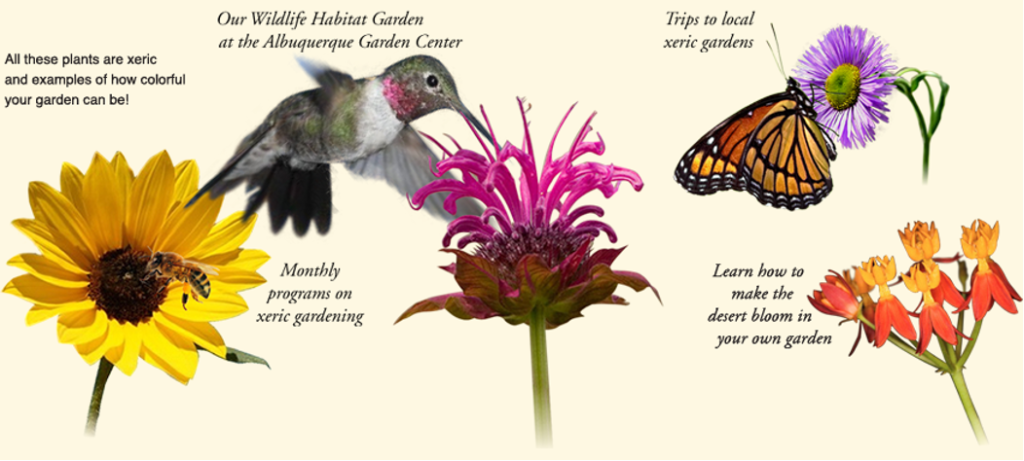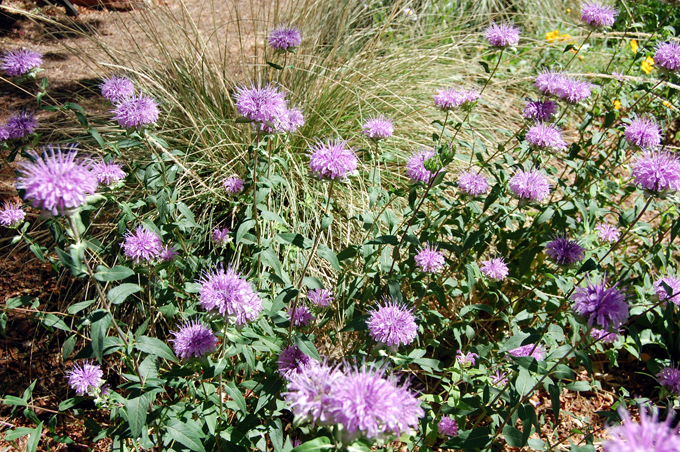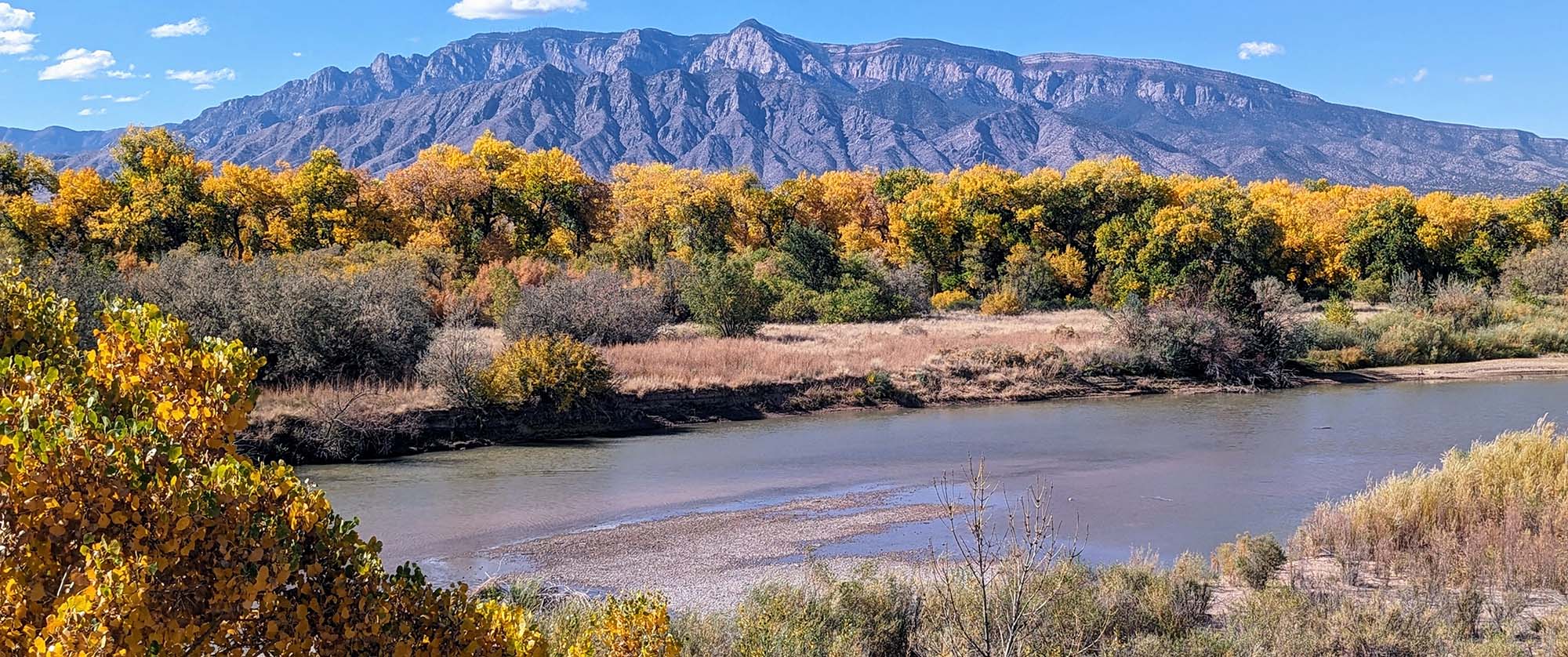The Xeric Garden Club maintains a Wildlife Habitat Garden in the Albuquerque Garden Council’s demonstration gardens adjacent to the Los Altos Community Center. Garden hours: Monday–Friday 9:30am–2:30pm, April 15–October.
All these plants below are xeric and examples of how colorful your garden can be!



